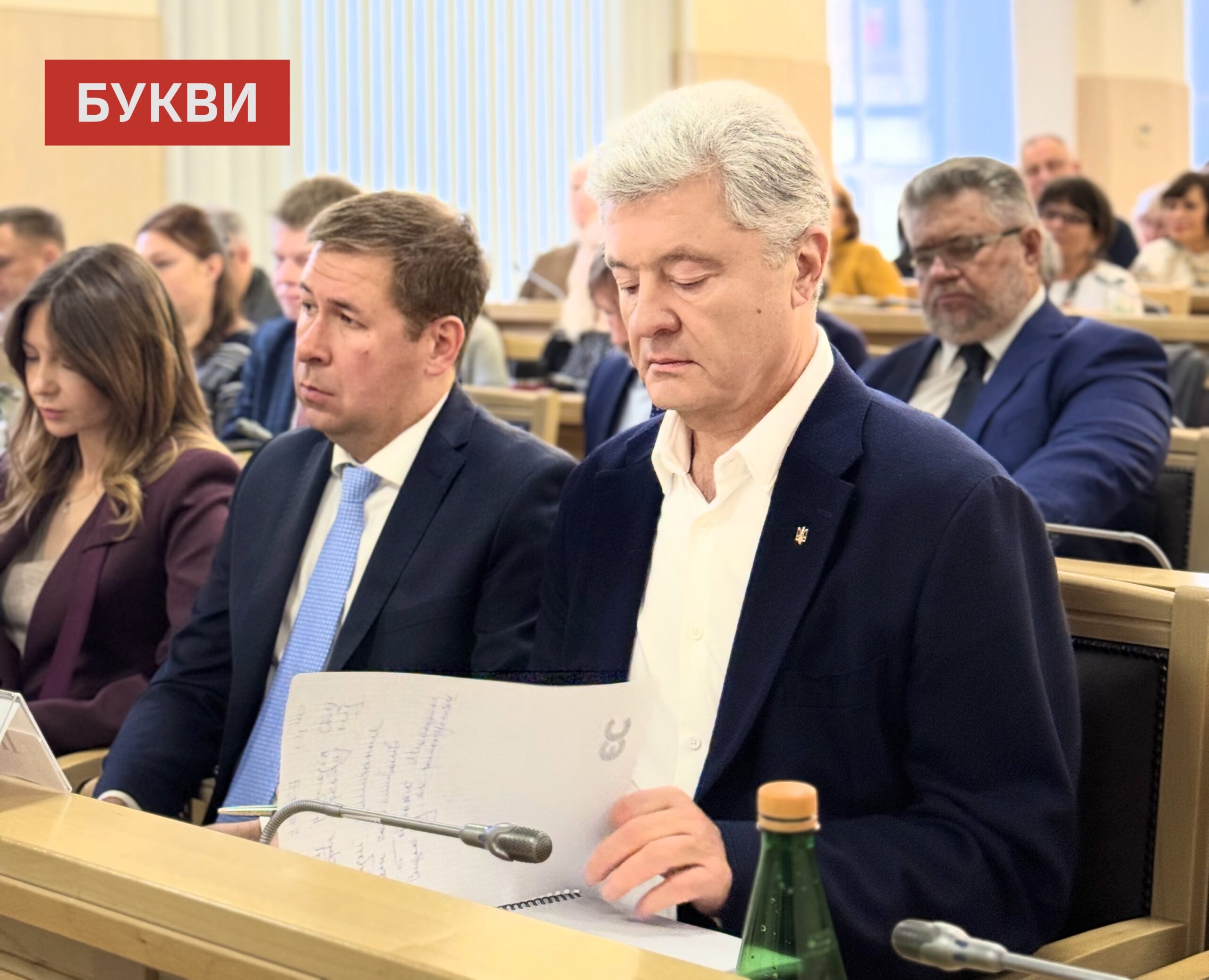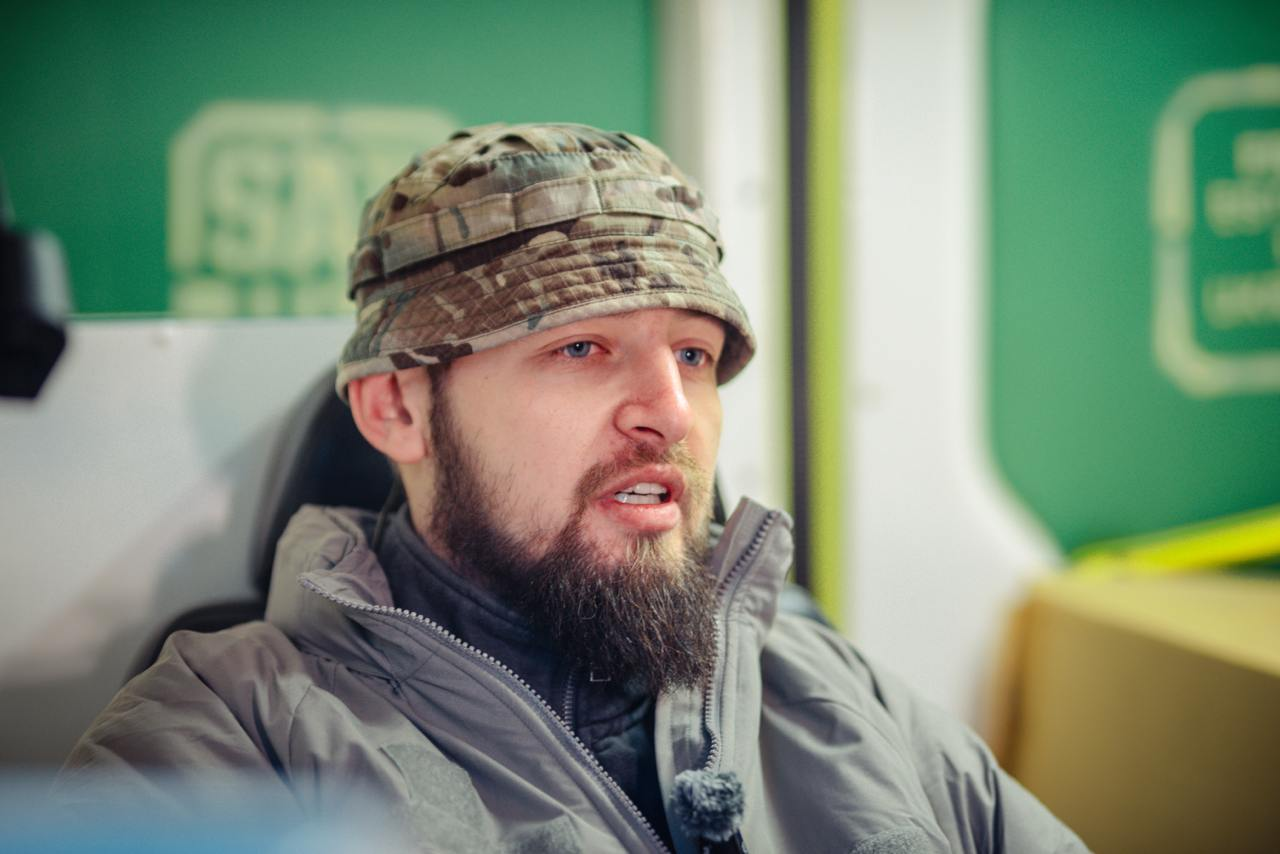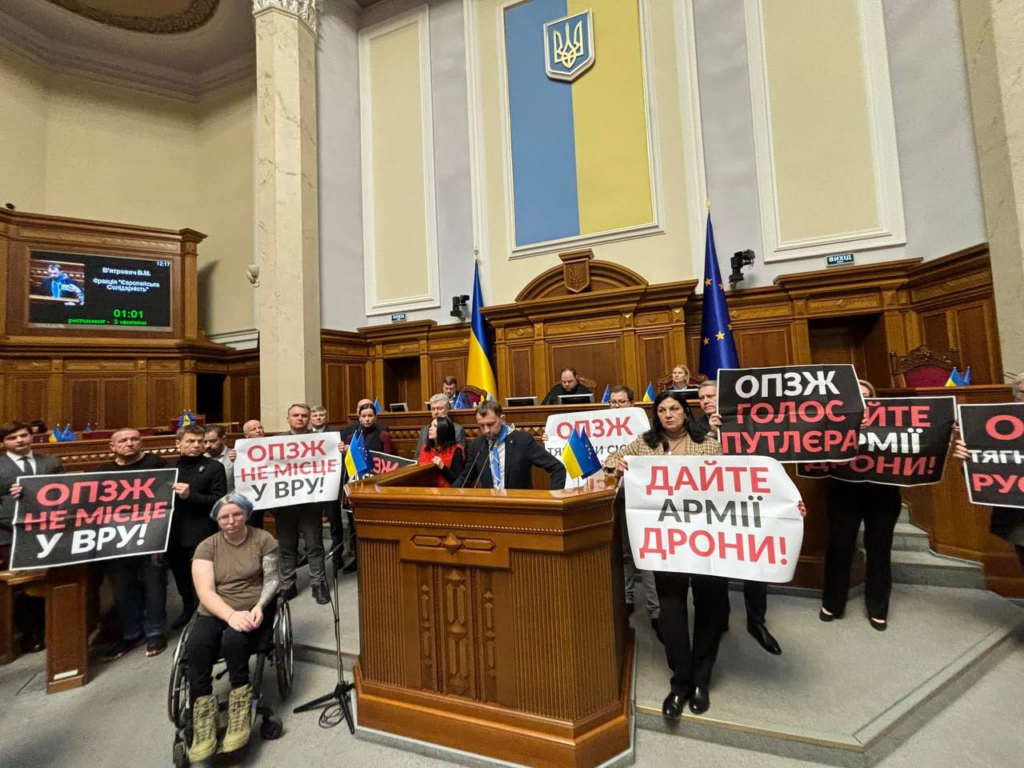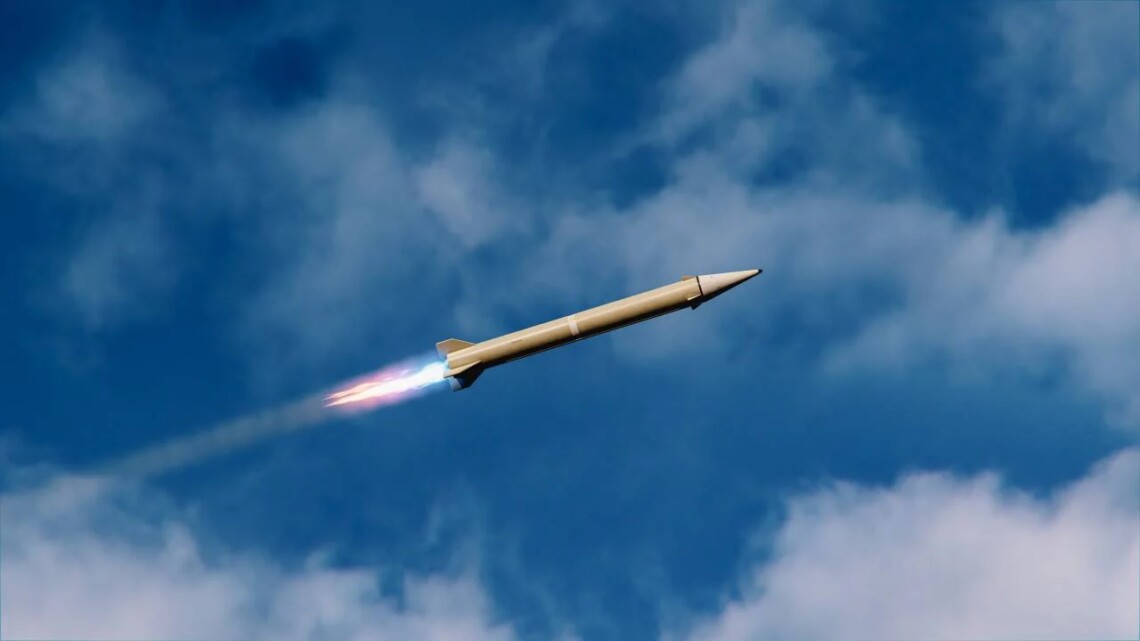Ukrainian FPV drone downs Russian Mi-8 helicopter near Donetsk – reports
Source: Forbes
Military experts saw it coming. On July 31, a Ukrainian FPV drone, weighing one kilogram, successfully shot down a Russian Mi-8 helicopter over Donetsk. This event marks a potential first in aerial combat for Ukraine.
Russian military bloggers were quick to spread the sad news on social media, with some sharing footage of the burning Mi-8 near Donetsk.
Ukrainian troops have been honing their skills in drone attacks for some time. In September of last year, drone operators attempted to strike Russian helicopters in mid-air. The threat from these drones has grown so significant that Russian Air Forces began deploying helicopters to escort others for protection.
The Mi-8, with a three-member crew, was caught at a low altitude during takeoff, as described by a Russian military reporter.
Typically, an FPV drone carries a small amount of explosives. To bring down a helicopter, it must hit the rotor blades; a direct hit there can cause significant damage without requiring a large payload.
After over two years of conflict, Ukrainian drone operators have gained substantial experience in targeting enemy assets. Hitting the Mi-8’s rotor blades, which span over 365 centimeters, is now within their capabilities.
The most impressive aspect of this strike is the drone’s range. The western outskirts of Donetsk are about 5 kilometers from the front line, while the eastern outskirts are roughly 16 kilometers away. Achieving such a range likely required the assistance of a secondary drone to relay the command signal, indicating a highly coordinated operation.
Russia’s helicopter fleet numbers in the hundreds, and while they’ve lost around 100 in the conflict, this particular loss doesn’t look critical. However, if the Ukrainian troops have mastered downing helicopters using drones, it could obviously bolster up their air defense capabilities.
Given that Ukraine produces around 100,000 FPV drones monthly, the threat to Russian helicopters is now looming big.
On October 6, the Administrative Cassation Court within the Supreme Court of Ukraine continued hearing case No. 990/80/25, in which the fifth President and leader of the party “European Solidarity”, Petro Poroshenko, seeks to have Presidential Decree No. 81/2025 from February 12, 2025 — enacting sanctions by the decision of the National Security and Defense Council (NSDC) — declared illegal and annulled. The plaintiff claims the document was falsified and that the sanctions are a tool of political persecution of the opposition, contrary to international norms. Government representatives deny the allegations and insist their actions were lawful. Journalists of Bukvy were present at the hearing.
Rinat Akhmetov’s Metinvest Group has completed the construction of an upgraded underground NATO Role 2 hospital in one of the hottest sectors of the frontline. This is the second stabilization point established under the Steel Front initiative in cooperation with the Medical Forces of the Armed Forces of Ukraine. The new facility, funded by Metinvest with an investment of UAH 21 million, is more secure than the first one thanks to its deeper location underground (over 6 meters) and additional fortifications.
Five armored vehicles “Kozak” have received a new mission – thanks to the support of Metinvest, they have been upgraded to full-fledged command and staff vehicles. These upgraded vehicles are now operating on the front line.
A kamikaze drone flies directly toward an armored personnel carrier. But instead of penetrating the hull, it explodes on a steel screen. The crew survives. This is the new reality for Ukrainian forces, who have received enhanced protection thanks to the Metinvest project within “Steel Front of Rinat Akhmetov”.
To commemorate the third anniversary of the full-scale invasion, “Bukvy” has compiled data on the largest donors supporting the Armed Forces of Ukraine. Among them there are charitable foundations and businesses. The list includes, in particular, foundations that provide assistance exclusively from their own resources, without fundraising (such as SCM by Rinat Akhmetov, Epicenter, etc.).




